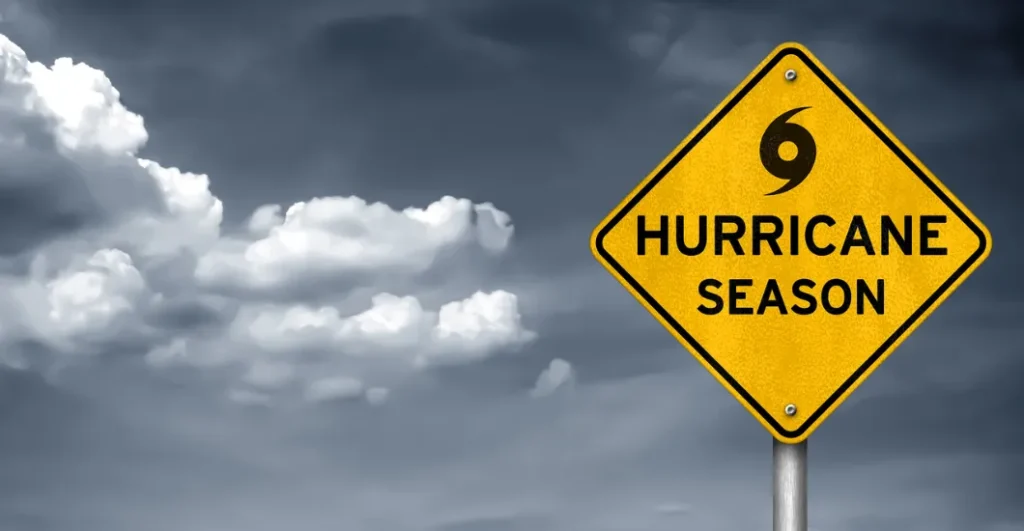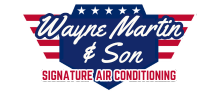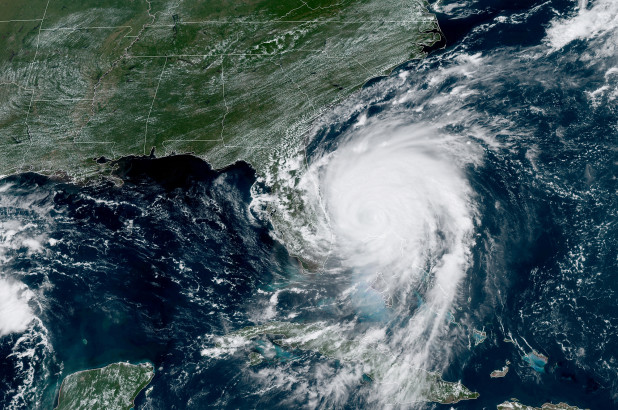Well, as you have probably already noticed, hurricane season is in full swing here in Florida. Therefore, its important to know Hurricane HVAC Tips. Although the season officially runs from June 1st until November 30th, the majority of storms form from mid-August to late October and the peak is in September. According to the National Oceanic and Atmospheric Administration (NOAA) in 2019 there is a 70% chance of having between nine and 15 named storms with four to eight of those storms possibly becoming hurricanes and two to four of them possibly being major hurricanes. Lots of “possible” stuff here, but then we are talking about weather predictions, which as a resident of Southwest Florida, we are used to being somewhat unpredictable at this time of year.
However, NASA calls hurricanes the most violent storms on our planet, so we always need to be prepared. Two of the reasons hurricanes are so dangerous are the strong circular winds, heavy rain and storm surges they create which can cause flooding. These are things you need to be concerned about, not just for your house, but also for your air conditioner. Here are some steps you can take before, during and after a hurricane or even a bad tropical storm to protect your air conditioner.

Some important Hurricane HVAC Tips:
Before the storm
There are several steps you should take to protect your HVAC unit before the storm hits. A few days before the storm, check your outdoor unit to be sure all of the bolts are tightened on it. Tighten any of them that seem loose. It may seem like a heavy unit, but air conditioners are easily lifted during the high winds of a hurricane. That’s why most air conditioners are installed with hurricane straps in place here in Florida. If your unit is not secured with hurricane or condenser straps, be sure you get some and secure the unit with them.
Secure or store away any objects around the exterior of your home that could become projectiles in a strong wind. This includes all of your patio furniture, pool toys, children’s toys, tools, small planters or pots, outdoor decorations like garden gnomes, basically anything that could become air borne during a storm.
Make sure your trees and shrubs are trimmed back with no broken or dead branches that could be torn off during high winds and dropped on your unit. Shrubbery should be cut back to be at least 25-35 inches away from your unit. These could puncture coils or get jammed inside the fan assembly.
If you have a backup generator, prepare it for use and buy the appropriate fuel for it. This will allow you to use your ceiling fans and floor fans the day of the storm.
Side note: If you have any window AC units or portable air conditioners that have discharge ducts that exhaust through to the exterior through a window or hole in the wall, it may be best to remove the unit or duct and seal the opening it was in.
The day the storm is due to hit your location you should lower your temperature to several degrees colder than your usual preferred indoor temperature to pre-cool your home. Close all of your blinds and keep the windows and doors closed as much as possible. This will help you stay cooler for longer, because we are about to tell you to do something you are probably not going to want to do, which is turn off your unit during the storm. It is actually critical that you turn off your HVAC unit during the storm as there are typically power surges and frequent power interruptions during a hurricane. These erratic power failures can damage your compressor and other important electrical components as they shut off and then switch on suddenly. The power surges are also a fire hazard. So, once the storm is hitting your neighborhood turn off your air conditioner.
However, right before the storm hits, and after you turn off your HVAC, you may want to cover the outdoor unit with a tarp (or a custom cover made by the manufacturer) that’s strapped down to protect it from flying debris. Because you may have prepped your yard properly, but your neighbor may not have. Only do this during hurricanes, not during a regular storm, and be sure to remove the tarp immediately after the storm is over, because leaving it on can cause mold and mildew to get into your system.
After the storm
After the storm is over, you should inspect your HVAC system before turning it on to make sure it’s safe to operate it. Here are some things you want to consider before turning it back on. Make sure the outside unit did not get hit by falling trees or other windblown objects. Be sure to clear the fan and vents of any kind of debris. Check all of the lines (the refrigerant and electrical lines) to be sure they are intact and not damaged. If you see any damage from trees or other objects blown by the wind, give us a call before turning on the unit, so it does not get more damaged.
If you did have a power surge get through your home during the storm, call us to inspect your unit as power surges often blow the ACs capacitor and taking care of this small repair will save you money in the long run.
Once you’ve turned your AC back on, do another thorough check up. Listen to make sure the unit sounds ok. Sniff around to be sure there’s no signs of smoke or electrical shorting and check the unit regularly over the next few hours to be sure it’s working properly. If you hear anything or see anything that seems off, give us a call and we’ll come check it out.
Call Wayne Martin and Sons Signature Air Conditioning to get expert guidance and professional service! Call us at 239-462-4068. #airconditioningSWFL #SWFLHVAC

